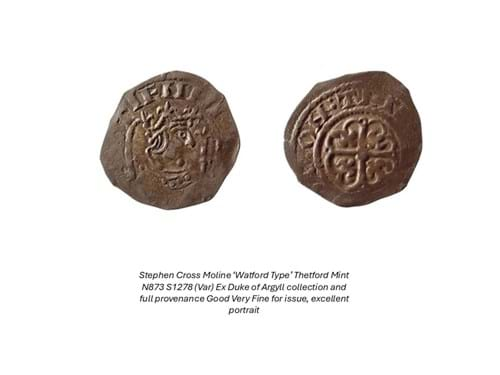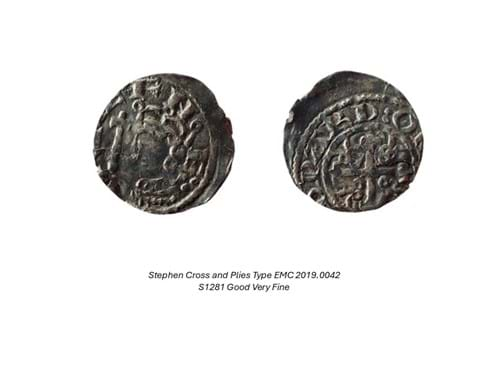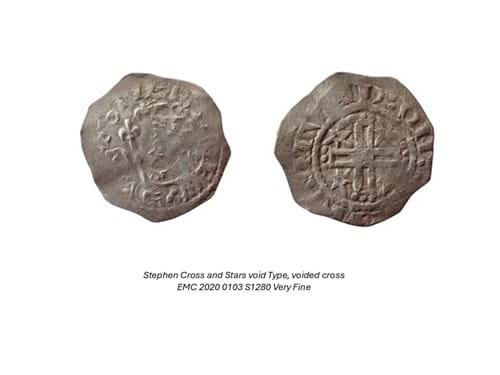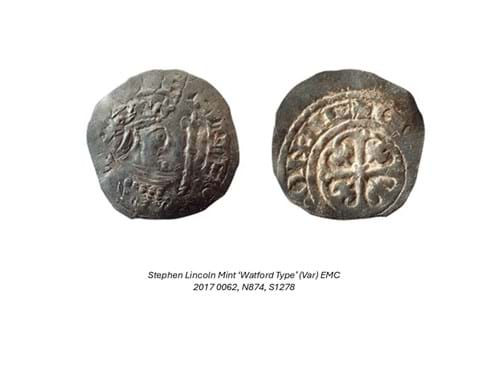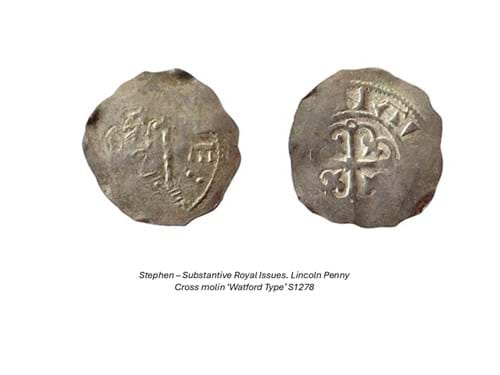The Anarchy was a civil war in England and Normandy that took place between 1135 and 1153, which resulted in a widespread breakdown in law and order. The conflict was a succession crisis precipitated by the accidental death by drowning of William Adelin, the only legitimate son of Henry I, in the sinking of the White Ship in 1120. Henry's attempts to install his daughter, the Empress Matilda, as his successor were unsuccessful and on Henry's death in 1135 his nephew, Stephen of Blois, seized the throne with the help of Stephen's brother, Henry of Blois, the Bishop of Winchester. Stephen's early reign was marked by fierce fighting with English barons, rebellious Welsh leaders and Scottish invaders. Following a major rebellion in the south-west of England, Matilda invaded in 1139 with the help of her half-brother Robert of Gloucester.

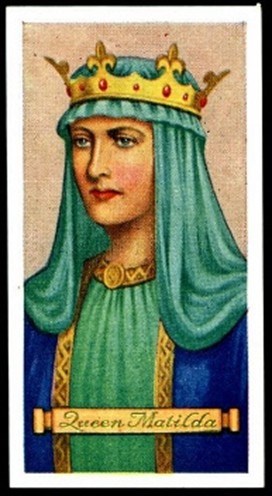
Stephen Matilda
Neither side was able to achieve a decisive advantage during the first years of the war; the Empress came to control the south-west of England and much of the Thames Valley, while Stephen remained in control of the south-east. The castles of the period were easily defensible, and so the fighting was mostly attrition warfare, comprising sieges, raiding and skirmishing between armies of knights and foot soldiers, many of them mercenaries. In 1141 Stephen was captured following the Battle of Lincoln, causing a collapse in his authority over most of the country. On the verge of being crowned queen, Empress Matilda was forced to retreat from London by hostile crowds; shortly afterwards, Robert of Gloucester was captured at the rout of Winchester and the two sides agreed to swap their respective captives. Stephen then almost seized Matilda in 1142 during the siege of Oxford, but the Empress escaped from Oxford Castle across the frozen River Thames to safety.
The war dragged on for many more years. Empress Matilda's husband, Geoffrey V of Anjou, conquered Normandy, but in England neither side could achieve victory. Rebel barons began to acquire ever greater power in northern England and in East Anglia, with widespread devastation in the regions of major fighting. In 1148 the Empress returned to Normandy, leaving the campaigning in England to her young son Henry FitzEmpress. In 1152 Stephen and Matilda of Boulogne, queen consort and Stephen's wife, unsuccessfully attempted to have their eldest son, Eustace, recognised by the Catholic Church as the next king of England. By the early 1150s the barons and the Church mostly wanted a long-term peace.
When Henry FitzEmpress re-invaded England in 1153, neither faction's forces were keen to fight. After limited campaigning and the siege of Wallingford, Stephen and Henry agreed a negotiated peace, the Treaty of Wallingford, in which Stephen recognised Henry as his heir. Stephen died the next year and Henry ascended the throne as Henry II, the first Angevin king of England, beginning a long period of reconstruction. Chroniclers described the period as one in which "Christ and his saints were asleep" while the term "the Anarchy" was coined by Victorian historians because of the widespread chaos, although modern historians have questioned the accuracy of the term and of some contemporary accounts.
Numismatically, the 18 years of war brought about a very interesting period for coinage being struck at several mints throughout the country as can be seen from this map.
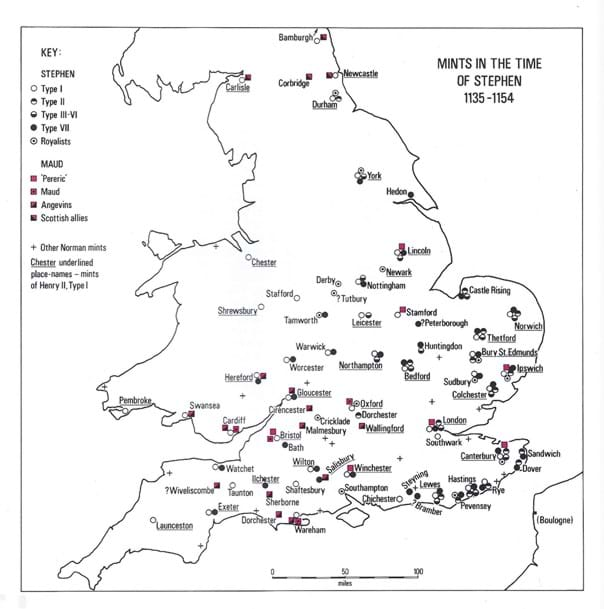
Penny coins were struck in the name of:
Stephen
David I of Scotland
Earl Henry of Northumberland (David I son)
Eustace Fitzjohn (Stephens eldest son)
William of Aumale (Earl of York)
Henry Murdac (Archbishop of York)
Robert III de Stutville a Yorkshire baron and justiciar. This coin of his sold for £17,000 in 2020
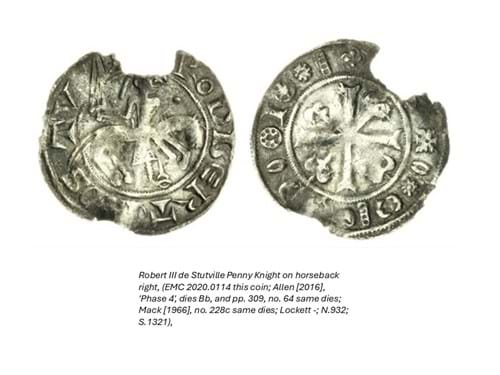
They were also struck for the Angevin side under names including:
Matilda
Henry De Nuebourg
Earl Robert of Gloucester
Earl William of Gloucester
Brian Fitzcount, Lord of Wallingford Earl Patrick of Salisbury
Many of these issues are extremely rare and often poorly struck, due to the turbulence of the times.
Here are some examples, the first few being so rare that they are museum replicas and the last few are better and some rare examples of actual coins.
Museum Replicas:
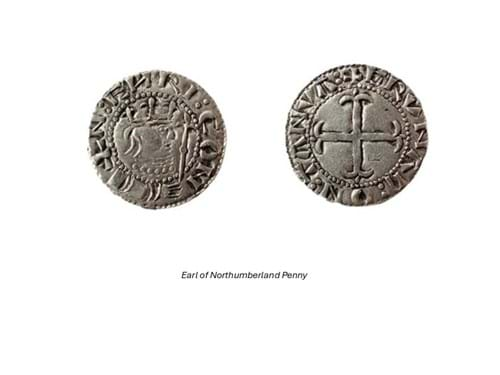
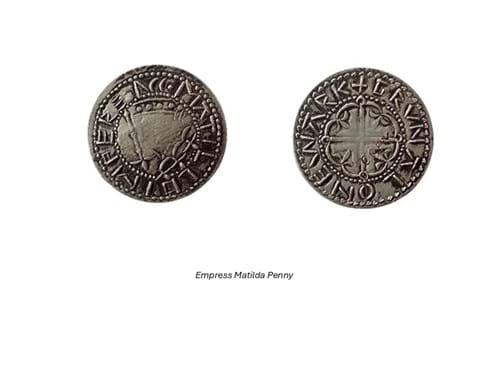
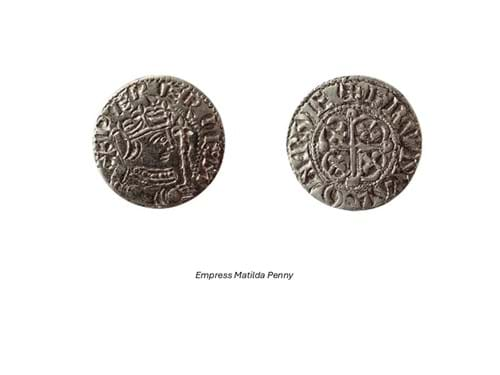
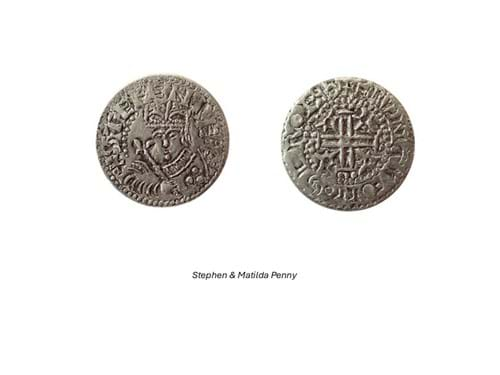
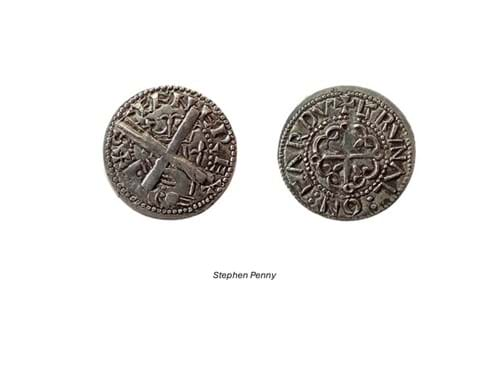
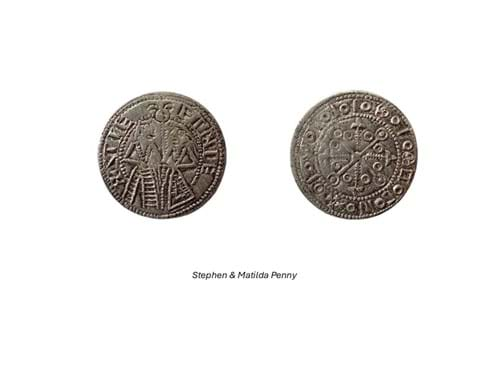
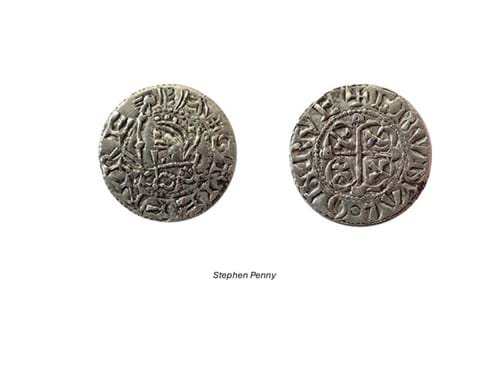
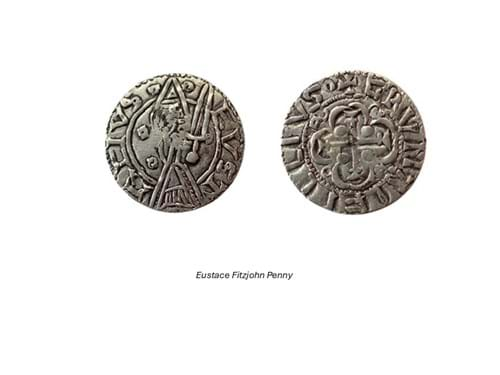
Genuine Coins:
